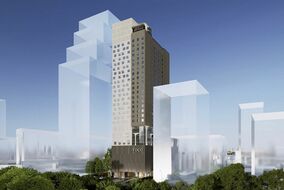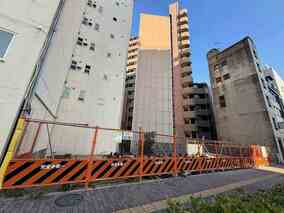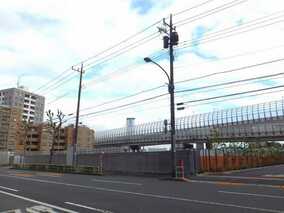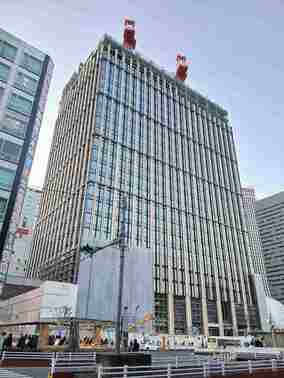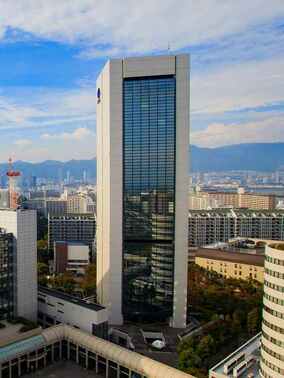Declining trend eases in some areas (Q3 2009)
Although retail rents in central Tokyo have declined since the so-called Lehman Shock in the fourth quarter of 2008, the trend eased after the second quarter of 2009. The range of decline has been narrowing and some areas even saw a slight increase in advertised rents in the third quarter of 2009. Ginza, where the rent level has been high, however, continues to show a declining trend.
The number of properties recruiting tenants, which acts as an index for speculating on vacancies, indicates that conditions in central Tokyo as a whole are returning to the state before the Lehman Shock.
In particular, tenant recruitment activities have been declining for high-rent properties very close to stations and as a result, average rents in Shinjuku and some other areas have been dropping.
Although no graphs or tables are presented here to indicate the data, rents for second and upper floors are continuing to decline. While the number of properties advertising for tenants has decreased compared with the peak, the range of decrease was smaller than that of street facing retail stores on first floors.
| Chiyoda-ku | Omotesando | Shinjuku | Shibuya | Ikebukuro | ||
|---|---|---|---|---|---|---|
| Advertisedrents (Yen/Tsubo) |
1st Floor | 53,277 | 53,277 | 53,277 | 53,277 | 53,277 |
| Upper Floors | 26,832 | 26,832 | 26,832 | 26,832 | 26,832 | |
| Average | 29,876 | 29,876 | 29,876 | 29,876 | 29,876 | |
| No. of advertised properties | 530 | 530 | 530 | 530 | 530 | |
This report is based on information on advertised rents for retail properties, individual leasing information and other information sources. It is structured as the trend of rents for retail spaces in major areas. The data was provided by "ReReM," a market data system jointly developed by real estate marketing research company ATTRACTORS LAB and retail market consulting firm BAC URBAN PROJECTS. The data was obtained and analyzed by area and time of the year.
The advertised rents are based on online information on rental retail properties. The rents include common service fees obtained by dividing the total of additionally charged common service fees by the number of total samples (approximately 1,000 yen per month per tsubo). This is because some of the rents include common service fees while others don’t.
